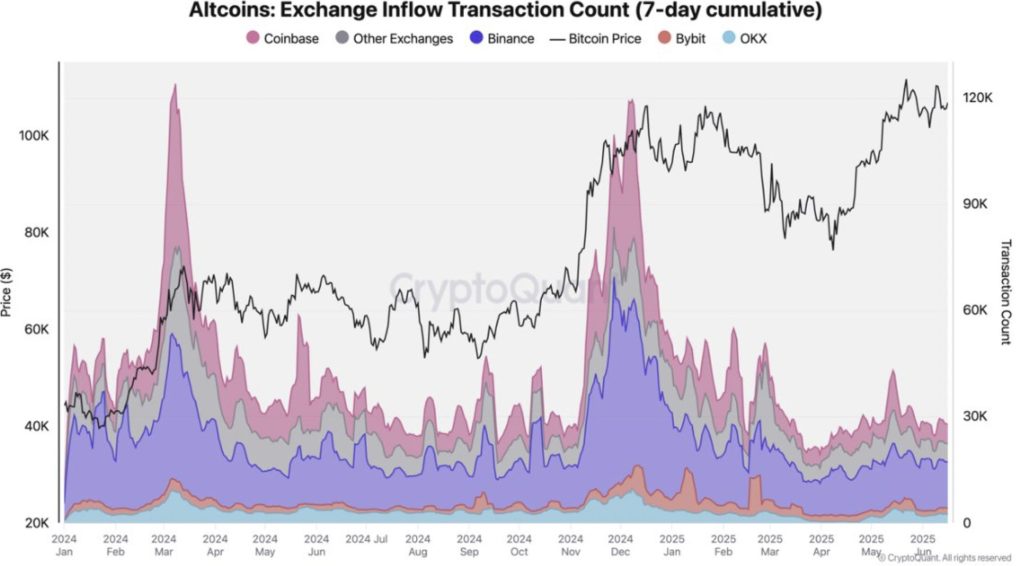Receive free Federal Reserve updates
We’ll send you a myFT Daily Digest email rounding up the latest Federal Reserve news every morning.
Jay Powell warned the Federal Reserve is not yet done with the job of vanquishing inflation, raising the prospect of additional interest rate increases should price pressures persist or the US economy continues to prove more robust than expected.
In a highly anticipated speech on Friday, the chair of the US central bank struck a hawkish tone as he laid out the progress to date in getting inflation back to the Fed’s longstanding 2 per cent target. He addressed the central bank’s approach as it navigates the final stages of a historic campaign of monetary tightening to stamp out the worst inflation shock in decades.
“Although inflation has moved down from its peak — a welcome development — it remains too high,” Powell said at the Fed’s annual economic symposium in Wyoming.
“We are prepared to raise rates further if appropriate, and intend to hold policy at a restrictive level until we are confident that inflation is moving sustainably down toward our objective.”
Powell pledged that the central bank would “proceed carefully as we decide whether to tighten further or, instead, to hold the policy rate constant and await further data”.
Since March 2022, the Fed has lifted its benchmark policy rate from near zero to a range of 5.25 per cent to 5.5 per cent.
While Powell acknowledged that the full effects of past rate rises have not yet materialised and likely mean “significant further drag in the pipeline”, he made clear that the Fed was hyper-focused on upside risk to inflation.
“Additional evidence of persistently above-trend growth could put further progress on inflation at risk and could warrant further tightening of monetary policy,” Powell said, separately adding that “there is substantial further ground to cover to get back to price stability”.
The Fed faces a difficult task in the coming months to first determine whether officials need to raise the benchmark policy rate beyond its current 22-year high. It then must confront how long to keep rates elevated before considering any cuts.
The central bank is widely expected to forgo another rise in interest rates at its next policy meeting in September. Some market participants are girding for a final quarter-point increase at the Fed’s meeting in late October. Rate cuts are not expected until well into 2024.
Powell reiterated that getting inflation back down to its target would require not only a period of “below-trend economic growth” but also “some softening in labour market conditions”.
His comments on Friday reiterated a message he sent at last year’s symposium in Jackson Hole when he said the Fed was determined to “keep at it until the job is done”.
The warning comes at a fraught moment for financial markets, which have recently struggled to digest a recent surge in US borrowing costs. Once adjusted for inflation, the “real” yield on the benchmark 10-year Treasury note now hovers at its highest point in more than a decade. Mortgage rates have also soared.
While the debate about more immediate policy actions appears far from settled, officials are more unified in their view that getting inflation all the way back to 2 per cent will be a slow process that likely requires the central bank keeping its benchmark rate elevated for a longer period.
Economists say this “higher-for-longer” approach is reinforced by the likelihood that the so-called neutral rate of interest, or R-star — a level that neither stimulates nor suppresses growth — is higher than in the past.
Rather than a rapid retreat to the era of ultra-low interest rates that dominated the post-global financial crisis period, economists reckon that stronger-than-expected growth, swelling government deficits and revved- up investment in domestic manufacturing and green technology have pushed up borrowing costs on a sustained basis.
Powell on Friday did not discuss the prospects of a higher R-star, but said: “we cannot identify with certainty the neutral rate of interest, and thus there is always uncertainty about the precise level of monetary policy restraint”.
Credit: Source link











